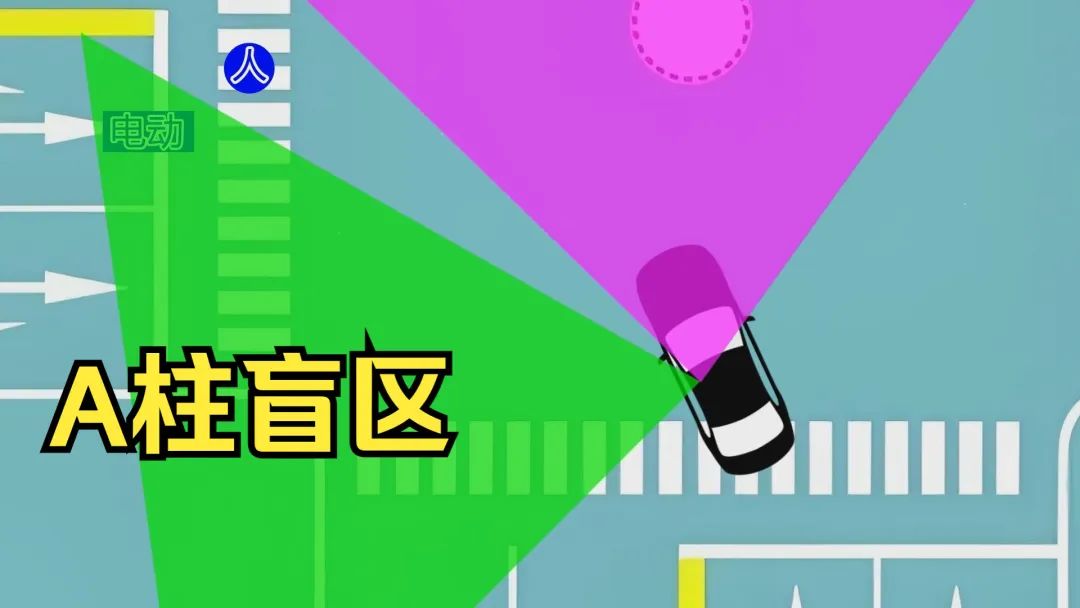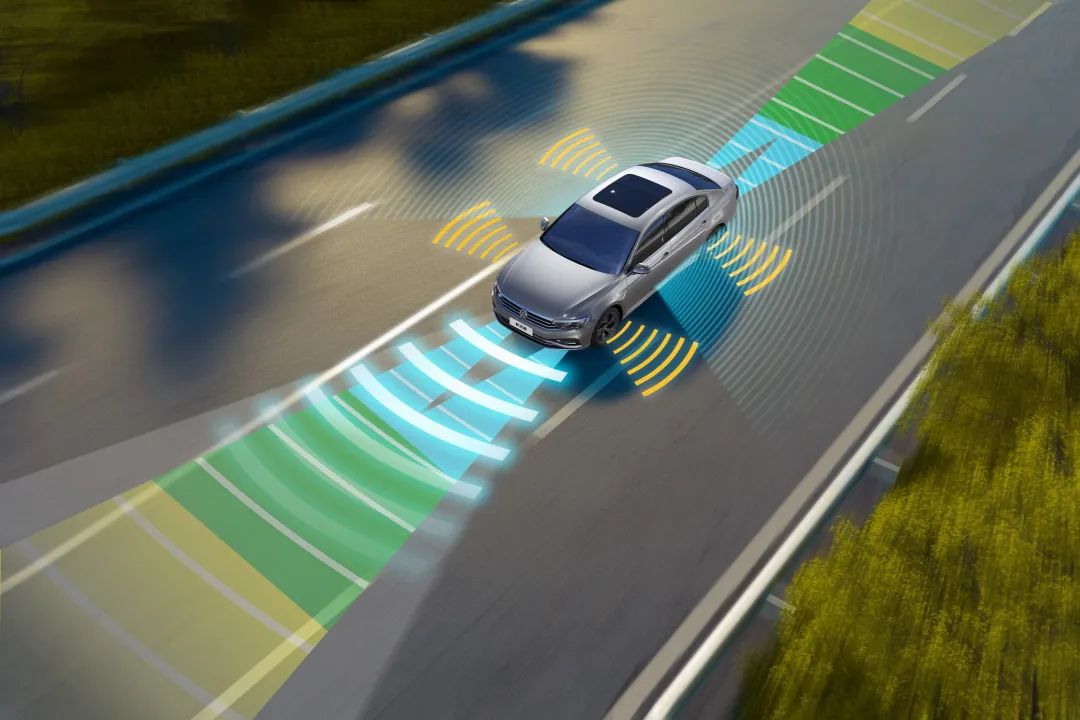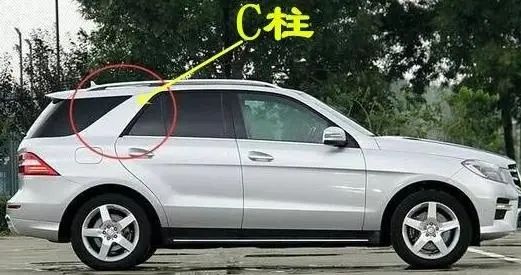The “point of direction” mentioned by driving instructors is essentially a clever application of the vehicle’s structural features to overcome driving blind spots. As novice drivers progress to practical driving, the A/B/C pillars of the vehicle transform into “mobile coordinates” for safe driving, becoming the ultimate tool for predicting spatial distances.

1. The Blind Spot Terminator: A Pillar’s “Perspective” Strategy
Visual Trap:
The A pillar, as a load-bearing support on both sides of the front windshield, has an average width of 8 cm, creating a “moving wall” in the driver’s field of vision when turning. Experimental data shows that during a left turn, the A pillar’s blind spot can obscure a range of 0.8-1.2 meters, equivalent to the height of a child.
Breaking the Deadlock:
Head Movement Compensation Method: Lean forward before turning, using the side window and the triangular area of the A pillar to peek into the blind spot, combined with the rearview mirror to form a “three-point positioning”.
Dynamic Speed Control: When the turning radius is less than 15 meters, the speed should be kept below 15 km/h to ensure a 0.5-second reaction time.
Spatial Prediction Formula: Obstacle distance = vehicle length + 0.5 meters safety margin (e.g., for a 4.5-meter vehicle length, maintain a 5-meter turning radius).

2. Precision Guidance for Exiting: B Pillar’s “Spatial Radar”
Physical Positioning Principle:
The B pillar, located in the middle of the vehicle, corresponds exactly to the front wheel axle. When the B pillar aligns with the front of the adjacent vehicle, the lateral distance between the two vehicles is approximately 1.8 meters, which is the minimum safe distance for most sedans to exit.
Extreme Operation Manual:
Golden Alignment Point: When exiting, the B pillar should align with the adjacent vehicle’s rearview mirror to reach the critical safety distance.
Steering Angle Formula: When the parking space width = vehicle width + 0.3 meters, the steering wheel needs to be turned 1.5 full turns.
Dynamic Correction Technique: Continuously observe the distance change between the B pillar and the adjacent vehicle during the exit process; for every 10 cm reduction, adjust the steering by 1/4 turn.

3. Reversing Trajectory Expert: C Pillar’s “Mobile Coordinates”
The Truth About Visual Blind Spots:
When reversing, the rear window’s visible angle is only about 45 degrees. The C pillar, as a reference point at the rear, can lead to a distance misjudgment of 0.5-1 meter. Experiments show that the accident rate when relying on the rearview camera for reversing is 2.3 times higher than when using the C pillar as a reference.
Four Steps to Precise Reversing:
Initial Positioning: Begin reversing slowly when the C pillar forms a 30-degree angle with the garage line.
Dynamic Calibration: For every 0.5 meters reversed, adjust the direction based on the distance between the C pillar and the neighboring vehicle (adjustment angle ≤ 15 degrees).
Safety Margin Control: Maintain a distance of ≥ 0.3 meters between the C pillar and obstacles (equivalent to the width of an adult’s hand).
Ultimate Verification: After the rear of the vehicle enters the garage, confirm the vehicle’s alignment by checking the angle formed by the C pillar and the rear window.
4. Advanced Training Program
Spatial Awareness Special Training: Use chalk to mark the vehicle’s outline on the ground and repeatedly practice three-pillar positioning from different angles.
Dynamic Blind Testing: Use cardboard to cover the side windows and complete parking/turning operations relying solely on the three pillars.
Data-Driven Training: Record the three-pillar position data for each successful operation to build a personal driving database.
These guidelines are not merely positional references; they transform three-dimensional spatial awareness into two-dimensional operational driving philosophy. Remember: every component of the vehicle is a sensor for safe driving; by utilizing them effectively, potential dangers can be mitigated.